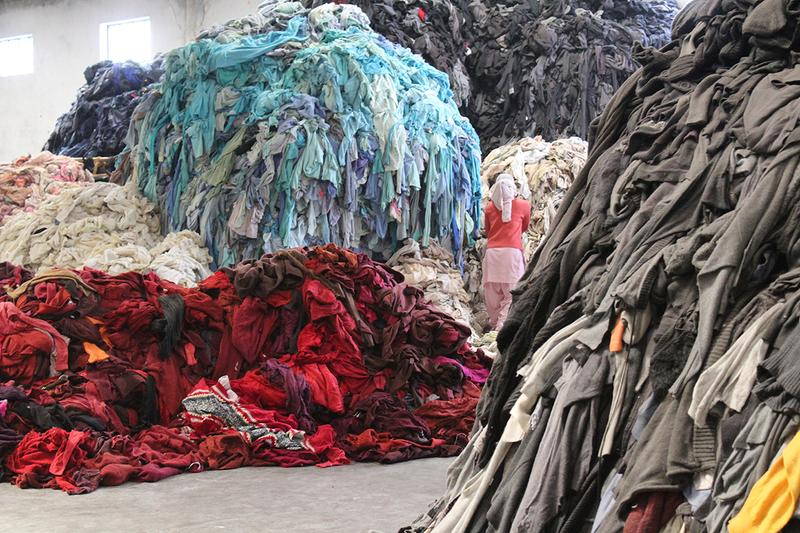Sustainability in the Face of Fast Fashion


By Jacqueline Jedrych
Today’s trends change faster than many brands can keep up with. Corporation’s solution to this is fast fashion: basically disposable clothes, aimed mostly at young and teenage women. The clothes are manufactured inexpensively and often under poor working conditions and sold at a profit.
Historically, there were four fashion seasons, coinciding with the actual seasons. In the race to try to introduce lines earlier and earlier, some began introducing multiple trends, sometimes as many as seven to eight in six months.
According to BioMedCentral, these clothes tend to be made in poor conditions for workers with low-quality materials. Approximately 80 billion pieces of new clothing are purchased every year, around $1.2 trillion annually for the global fashion industry.
Approximately 85% of the clothing Americans use, 3.8 billion pounds per year, are sent to landfills as waste, amounting to nearly 80 pounds per American per year.
Additionally, almost 90% of clothes in America are made from cotton and polyester, which, according to studies by Sana Khan and Abdul Malik, can lead to health problems.
Fast fashion leads not only to a massive increase in the amount of waste but also exploits workers. 90% of the world’s clothes are produced by low/middle-income countries (LMICs) which have low safety standards due to poor political infrastructure and organizational management.
To try to avoid the harmful effects of fast fashion, consumers should try to shop sustainably. This includes buying ‘slow fashion’ and thrift shopping. Some popular slow fashion brands include Reformation, Stella McCartney, and Re/Done. However, many sustainable brands can be very expensive.
Thrift shopping can be a more affordable option for college students. D.C. has many great thrift stores, but they are often hard to access.
“One of my problems is that in D.C., many of the thrift stores that I want to shop at aren’t that close to Metro stops,” said Holly Thompson, Environmental Club President, “and I don’t feel like Ubering there, especially because that produces pollution.”
Goodwill is one of the most popular thrift stores, due to its many locations across the country, its large selection, and its consistently low prices. There are two located in D.C., one on 3rd Street and one on South Dakota Avenue, as well as many located throughout Arlington and northern Virginia.
Buffalo Exchange is on 14th Street, located just a few blocks from the National Mall. It is a curated thrift store, so prices may be a little higher than a normal thrift store would be. However, since it is curated, they have a selection that is dense with good finds.
Online secondhand shopping is another option for busy college students. threadUP is an online thrift store where you can buy and sell used clothes. The shopping process is simple and entirely online. To sell your old clothes, you can order selling kits to your dorm and receive payment for your old items.
Students can also easily use sites like Depop or Poshmark to sell and buy old clothes in a more traditional online secondhand marketplace. Freshman Business Marketing Major Mary Jo Morris began her Depop shop sus.thelabel for this reason: to promote sustainability in shopping as well as her love of fashion. She noticed a lack of sustainable stores and wanted to do something about it.
“One of the hardest things I faced when I learned the horrific truth about fast fashion,” said Morris, “was that there was such a limited amount of sustainable-safe stores to shop from.
Morris thrifts pieces that she likes, styles and takes pictures of them, and sells them on her online shop. While she didn’t have time to manufacture a full label while in school, she hopes to one day run her own sustainable clothing brand.
“Sustainability is a way to live a clean, responsible lifestyle,” said Morris. “It allows for safe factories to produce good clothing in dyes that aren’t toxic. It allows employees to have an honest wage and go home at night to their families instead of working around the clock trying to make ends meet. Shopping sustainably is the future and it is a bright one.”
At the end of the day, an important aspect of staying sustainable is to use what we already have. When we use our resources well, we improve both our treatment of the earth and of others.





